|
The two photos above show fuselage sections being fabricated at Shenyang China.
The Trump Administration has imposed or threatened tariffs on imports from the EU, Canada, and China, all countries which are a part of the critical supply chain for the A220. But the real problem does not lie exclusively at the top of the supply chain but rather applies equally at the roots, at the bottom. That includes raw materials such as metals. At the present time, there is no discussion coming from the Trump Administration of the imposition of import tariffs on either entire aircraft or on major assemblies, such as the A220 center fuselage assembly coming to the Mobile facility from Shenyang China. Might that happen? The supply of metal and a myriad of raw materials from abroad could be seriously disrupted by a trade war. While imports between countries outside of the US may not be affected, a trade war (especially with China) would certainly affect the development of the Mobile plant, which is critical to the success of the A220. It is interesting to consider Shenyang. Besides making fuselage sections for the A220, this company is the only manufacturer for the vertical tail leading edge for the Boeing 787. It also makes numerous structural components for the A320 series. Shenyang is also the manufacturer of numerous military aircraft for the PRC Army, including fighters and bombers. It is easy to understand that if China-US free trade is endangered (both imports to China and exports from China) that the logistics chain for aircraft production (both Boeing and Airbus) would be impacted. Contracting with Shenyang to produce these important structural components is actually an inducement (or a concession) that encourages China to buy Boeing and Airbus aircraft. It is also an avenue through which China has acquired new technical expertise. Would a trade war between the US and China spill over into a production disruption for the A220? It is possible. Even though the original CSeries deal was between Canada and China, and now the surviving A220 is between Airbus and China, the China-US trade dispute is certainly in play, especially with a Mobile AL production facility.
0 Comments
The two photos shown above were taken at the Short Brothers Facility in Belfast and show the fabrication of the A220 wing.
At the present time (pending the development of an additional production line to the existing Airbus A320 plant at Mobile Alabama) the A220 assembly facility in Canada receives basically all parts of the aircraft from distant foreign suppliers. The wings, engine nacelles, and composite empennage structures are all manufactured at Short Brothers’ facility in Belfast, which is the capital of Northern Ireland. Short Brothers (“Shorts”) has been designing and manufacturing aircraft since 1908 and it was the world’s first company to make production aircraft. Shorts was bought outright by Bombardier in 1989. The total production distribution for the A220 is complex. Shenyang Aircraft Corporation of China builds the center fuselage. The aft fuselage and cockpit is manufactured in Quebec Canada, while the final assembly is in Montreal. Other major suppliers include Rockwell Collins for most of the avionics, Alenia Aeronautica of Italy for the composite horizontal and vertical stabilizers, Parker Hannifin and United Technologies of the US, and Liebherr Aerospace of Germany. The engines are Pratt & Whitney PW1500G’s. The production line at Mirabel Montreal is required by the Airbus contract to remain online until at least 2041. The Mobile production line is scheduled to make its first delivery in 2020. The production rate at Mobile is scheduled to top off at 8 per month while Mirabel is scheduled to achieve 10 per month. Given that there are already three significant orders by U.S. buyers (JetBlue, Delta, and David Neeleman) it is unclear how these orders will be split between Mirabel and Mobile. As Brexit comes to a conclusion, Northern Ireland will be departing the EU along with the UK itself. This development is one of the major unanswered questions of the Brexit negotiations. An even more troubling development is how Airbus itself will change and adapt to Brexit. [Airbus is a European Corporation, partially owned by the governments of France, Germany, and Spain. It is registered in the Netherlands and its stock trades in Germany, France, and Spain.] Airbus CEO Tom Ender has been quoted in the July 29 issue of Aviation Week & Space Technology as saying “A hard Brexit would be catastrophic….the effects….would be enormous.” Importantly, Mr. Enders said that “…certification of thousands of parts would be in question overnight.” Thus the scheme of having Belfast continue to manufacture the critical parts of the A220, such as the wing, leads to very critical uncertainties. At the very least, if the Belfast production line has to be terminated and replaced, this will bring significant difficulties to the program. Beyond that because of Brexit, Airbus itself is heading into uncertain territory, which likely will affect the market for its new aircraft such as the A220. The Airbus A220, previously known as the Bombardier CS100, has had some recent successes. Its flight performance at this year’s Farnborough Air Show was superior, and the aircraft is truly beautiful. Last week David Neeleman, the founder and former CEO of JetBlue and now the CEO of Azul Brazilian Airlines, announced a purchase agreement of 60 A220-300 aircraft for use with a new airline that Neeleman intends to launch in the United States. This adds to the 38 aircraft that are already in service at Swiss International, airBaltic, and Korean Air, as well as to the 402 aircraft that are already on order. (Delta has 75 firm orders and options on an additional 50 more.) Late this month, JetBlue ordered 60 A220-300’s for delivery starting in 2020, with an additional 60 options for delivery after 2025. Earlier this year, the U.S. International Trade Commission voted unanimously that Boeing was not harmed in a major trade dispute that could have killed the A220 program entirely. That dispute is now over. In July of this year, the deal closed between Bombardier and Airbus by which Airbus has taken a majority stake on the Bombardier CSeries Program, i.e., the A220. Interestingly, Airbus did not pay anything for its 51% share in the program, and it did not assume any debt.
From a design point of view, the A220 has much going for it. The interior design of the cabin offers several advantages, including a wider aisle and a novel overhead storage bin design. Most importantly the A220 contains a very high percentage of advanced materials (70%) with 40% being composites and 24% aluminum-lithium. The result is a 15% lower seat-mile cost, a 20% lower fuel burn, a 25% reduction in maintenance cost, and a four-fold reduction in the noise footprint. Bombardier claims that the A220-300 is 8 tons lighter than the Boeing 737MAX7. An eye-opener is that the A220-300 has a passenger capacity of 160 and a maximum range of 3,300 nautical miles. Early news releases from David Neeleman indicate that his new airline may operate the A220-300 internationally as well as domestically. One of the most notable distinctions of the A220 is its short field takeoff capability. Airbus’ web site states: “Powered by Pratt & Whitney PurePower PW1500G geared turbofan engines specifically designed for the family, the A220-100 can connect distant airports with its 3,100 nm range and best-in-class airfield performance. Using a takeoff field length as short as 1,220 metres, the A220 Family is ideal for hot-and-high and city-centre airport operations; in fact, the A220-100 and A220-300 are the largest aircraft able to operate in the constrained environment of London City Airport. From such challenging airports, the A220 Family has a built-in advantage. 1,220 meters equates to just over 4000 feet, and London City’s field length is 4900 feet. Coincidentally, the runway length at McClellan-Palomar (Carlsbad CA) is also 4900 feet. But even with all of these considerable benefits, there are some interesting and perhaps uncomfortable questions about the A220. The aircraft itself has had a difficult gestation, including multiple starts and stops. The first “start” was in 1998, and that effort came to a stop in 2000. The second “start” was in 2004, and that came to a stop in 2006. The current program was re-started in 2007, and this time it was successful, leading to first flight in September 2013. The aircraft first entered service with Swiss International Air Lines in July 2016. It is fair to say that the A220 has had a troubled birth that has been quite costly. Furthermore, these problems continue. They will be discussed in subsequent blogs, specifically about:
|
Categories |
Live Chat Support
×
Connecting

You:
::content::
::agent_name::
::content::
::content::
::content::
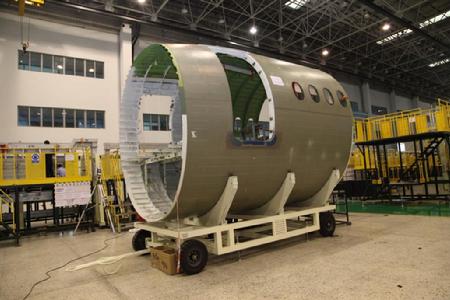
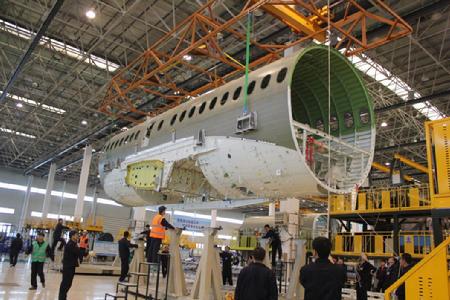
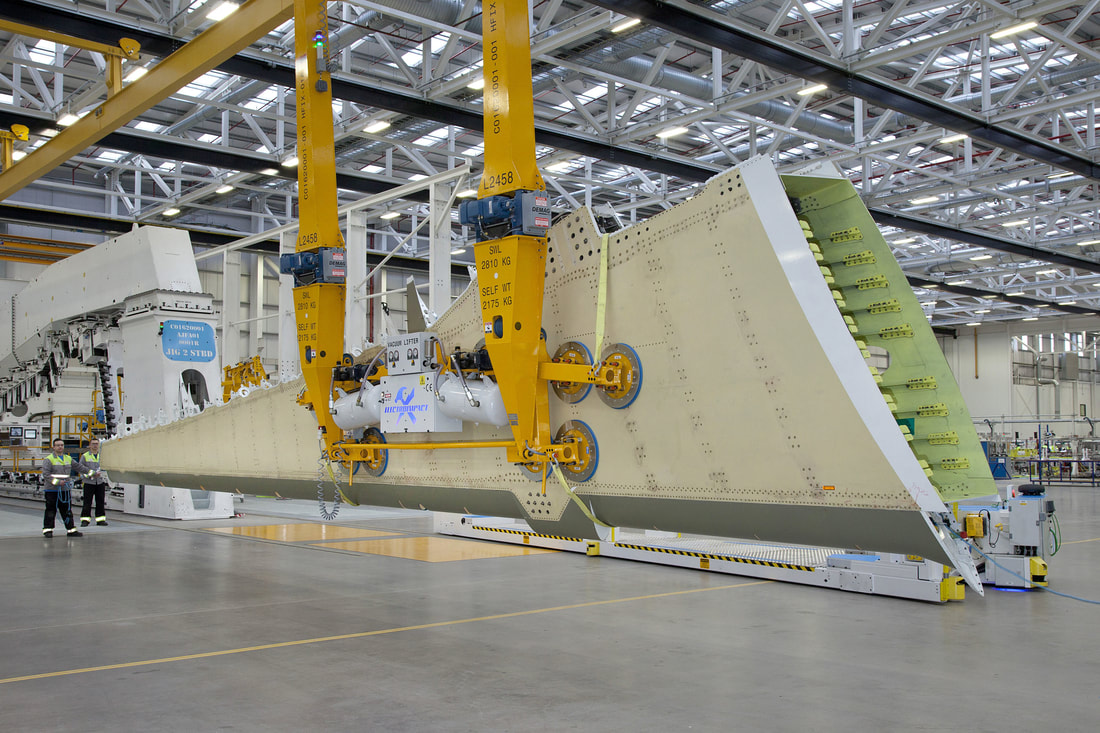
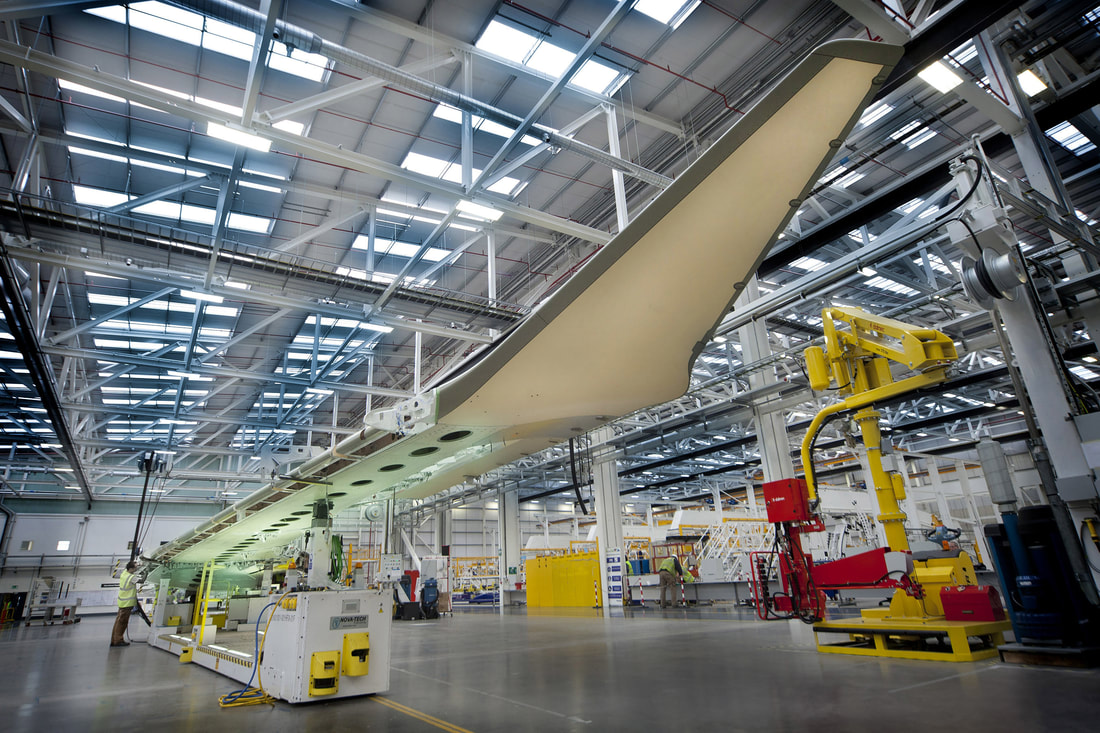
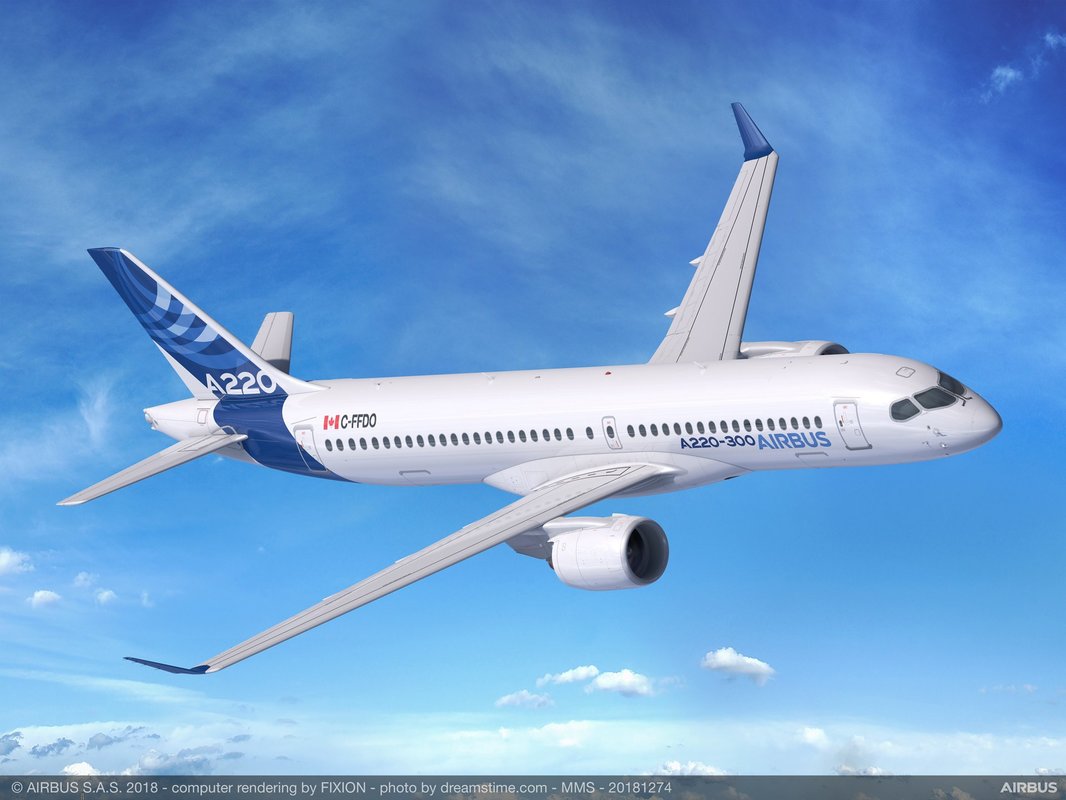
 RSS Feed
RSS Feed